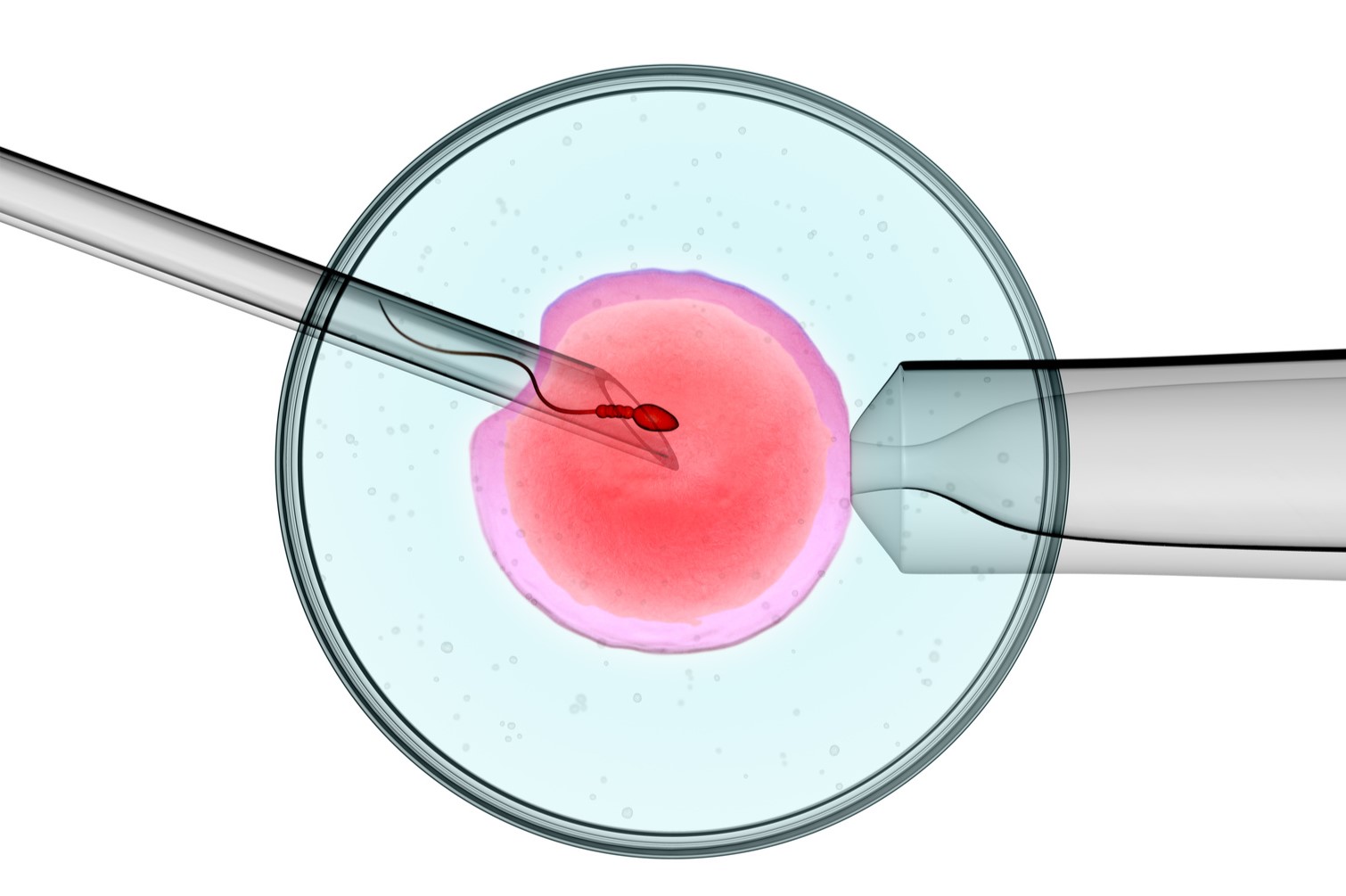
In Vitro Fertilization (IVF) has transformed the landscape of reproductive medicine, offering hope to countless couples facing infertility. But what exactly is IVF, and how does it work? IVF involves combining eggs and sperm outside the body in a lab, then transferring the resulting embryo into the uterus. This process can be complex and emotionally taxing, but understanding the facts can make it less daunting. From its history and success rates to the steps involved and potential risks, there's a lot to know. Here, we’ll break down 50 essential facts about IVF to help you grasp the intricacies of this remarkable medical procedure.
What is In Vitro Fertilization (IVF)?
In Vitro Fertilization, commonly known as IVF, is a complex series of procedures used to help with fertility or prevent genetic problems. It involves combining eggs and sperm outside the body in a laboratory. Here are some fascinating facts about IVF.
- The first successful IVF baby, Louise Brown, was born in 1978 in England.
- IVF stands for "in vitro," which means "in glass" in Latin, referring to the glass petri dishes used in the process.
- IVF can be used by couples facing various fertility issues, including blocked fallopian tubes or low sperm count.
- The process involves stimulating a woman's ovaries to produce multiple eggs.
- Eggs are retrieved from the ovaries using a minor surgical procedure called follicular aspiration.
- Sperm is collected and prepared for fertilization in the lab.
- Fertilization occurs when the sperm successfully penetrates the egg.
- The fertilized egg, now called an embryo, is cultured in the lab for several days.
- Embryos are graded based on their quality before being selected for transfer.
- One or more embryos are transferred into the woman's uterus in hopes of achieving pregnancy.
The IVF Procedure
The IVF procedure is intricate and involves several steps. Each step is crucial for the success of the treatment.
- Ovarian stimulation involves hormone injections to encourage the ovaries to produce multiple eggs.
- Monitoring through blood tests and ultrasounds ensures the eggs are developing properly.
- Trigger shots are given to mature the eggs before retrieval.
- Egg retrieval is performed under sedation to minimize discomfort.
- Sperm collection can be done through ejaculation or surgical extraction if necessary.
- Intracytoplasmic sperm injection (ICSI) may be used to inject a single sperm directly into an egg.
- Embryo culture allows the embryos to grow in a controlled environment for 3-5 days.
- Preimplantation genetic testing (PGT) can screen embryos for genetic disorders.
- Embryo transfer is a quick procedure, often done without anesthesia.
- A pregnancy test is conducted about two weeks after the embryo transfer.
Success Rates and Factors
IVF success rates vary based on several factors, including age and health conditions. Understanding these factors can help manage expectations.
- Success rates for women under 35 are generally higher than for older women.
- The quality of the eggs and sperm significantly impacts the success of IVF.
- Lifestyle factors like smoking and obesity can reduce IVF success rates.
- The number of embryos transferred can affect the likelihood of multiple pregnancies.
- Fresh embryo transfers may have different success rates compared to frozen embryo transfers.
- The experience and expertise of the fertility clinic play a crucial role.
- Some women may require multiple IVF cycles to achieve pregnancy.
- Stress and emotional well-being can influence IVF outcomes.
- Certain medical conditions, like polycystic ovary syndrome (PCOS), can affect success rates.
- Advances in technology and techniques continue to improve IVF success rates.
Risks and Considerations
While IVF offers hope to many, it also comes with risks and considerations that should be understood.
- Ovarian hyperstimulation syndrome (OHSS) can occur due to excessive hormone stimulation.
- Multiple pregnancies, such as twins or triplets, are more common with IVF.
- Ectopic pregnancy, where the embryo implants outside the uterus, is a risk.
- Miscarriage rates in IVF pregnancies are similar to those in natural pregnancies.
- The financial cost of IVF can be significant and varies by region and clinic.
- Emotional and psychological support is often needed throughout the IVF journey.
- Legal and ethical considerations, such as embryo storage and donation, may arise.
- Some couples may face difficult decisions regarding unused embryos.
- Long-term health effects of IVF on children are still being studied.
- IVF does not guarantee a successful pregnancy and birth.
Innovations and Future of IVF
The field of IVF is continually evolving, with new innovations and research shaping its future.
- Time-lapse imaging allows for better monitoring of embryo development.
- Artificial intelligence (AI) is being used to improve embryo selection.
- Genetic editing technologies, like CRISPR, hold potential for future IVF treatments.
- Researchers are exploring the use of stem cells to create eggs and sperm.
- Advances in cryopreservation have improved the success rates of frozen embryo transfers.
- Personalized medicine approaches are being developed to tailor IVF treatments.
- Non-invasive testing methods are being researched to reduce risks.
- The use of donor eggs and sperm expands options for many couples.
- Fertility preservation techniques, such as egg freezing, are becoming more common.
- Ongoing research aims to make IVF more accessible and affordable for all.
Final Thoughts on IVF
IVF has revolutionized reproductive medicine, offering hope to countless couples. Understanding IVF facts helps demystify the process, making it less intimidating. From the success rates to the costs involved, being informed is crucial. Knowing the potential risks and emotional aspects prepares you better for the journey. Advances in technology continue to improve outcomes, making IVF more accessible and effective. Remember, every journey is unique. Consult with medical professionals to get personalized advice. Whether you're considering IVF or just curious, knowledge is empowering. Stay informed, ask questions, and seek support when needed. IVF might not be a guaranteed solution, but it offers a significant chance for many to achieve their dream of parenthood. Keep these facts in mind as you navigate your options.
Was this page helpful?
Our commitment to delivering trustworthy and engaging content is at the heart of what we do. Each fact on our site is contributed by real users like you, bringing a wealth of diverse insights and information. To ensure the highest standards of accuracy and reliability, our dedicated editors meticulously review each submission. This process guarantees that the facts we share are not only fascinating but also credible. Trust in our commitment to quality and authenticity as you explore and learn with us.


